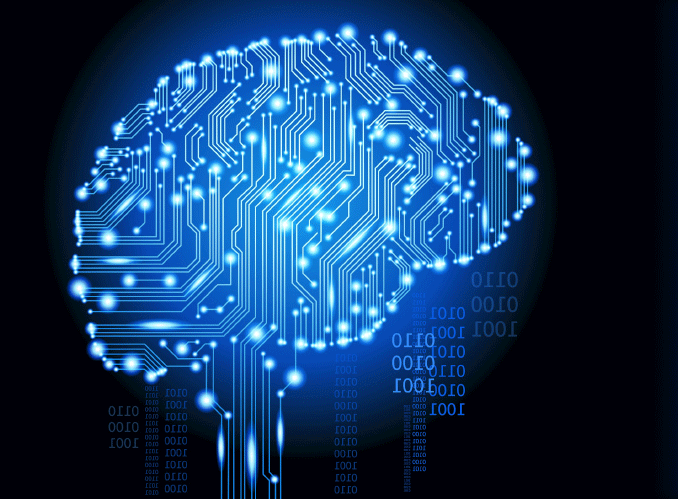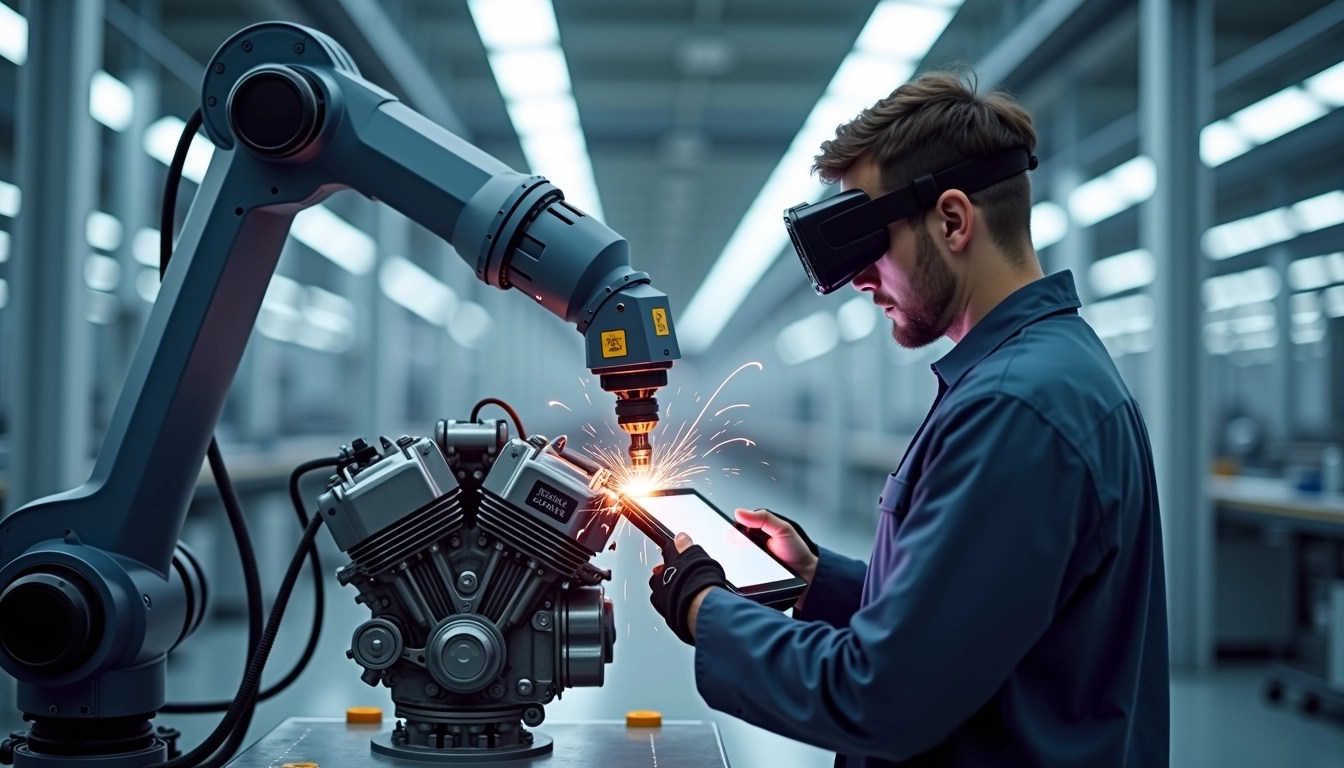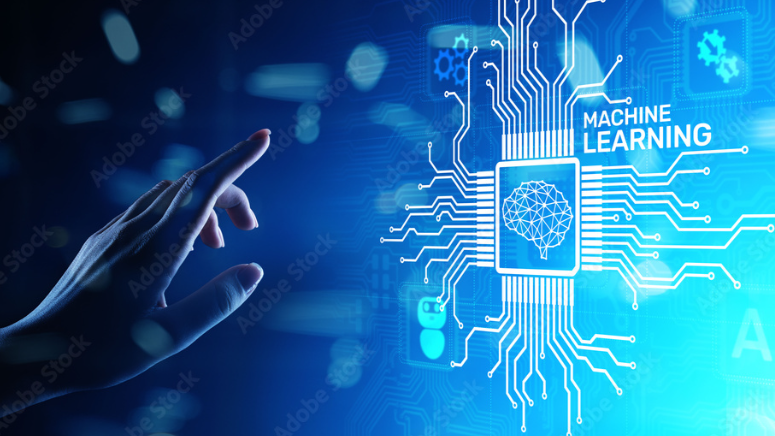

We leverage TensorFlow, PyTorch, and Scikit-learn for deep learning, machine learning model training, and data analysis.
These frameworks help us build predictive models, automate tasks, and process large datasets efficiently.
Our projects utilize OpenCV to enable real-time image processing, object detection, and facial recognition applications.
OpenCV is essential for robotics, surveillance, augmented reality, and healthcare.
We integrate advanced NLP models based on GPT architecture to develop chatbots, text summarization, and language translation solutions.
These models improve user engagement and interaction in virtual assistants and customer support.
We deploy AI solutions on cloud platforms such as AWS, Google AI, and Azure AI, ensuring scalability and high-performance computing.
Cloud AI solutions enable businesses to integrate machine learning and automate workflows seamlessly.
The role of AI is to understand what constitutes intelligence and to learn from human intelligence how to create computers that perform similarly to human beings. It's a large and continuously expanding field of technology that underpins many of the most advanced approaches used in industry today. These include simulation, speech recognition and virtual reality, which have many different industrial applications
AI uses computer simulation systems to create a production model that can incorporate product improvement, quality control and safety features. These simulations can leverage extensive data analysis to improve production accuracy and efficiency. They can identify problems and take precautionary action to prevent or mitigate an emergency, reducing the risk of unplanned downtime. This helps to ensure a more efficient production system, reducing running costs and the risk of capital loss



Technologies such as digital twins are increasingly used in large-scale industrial manufacturing like automotive and shipyards, where they eliminate the necessity of building physical models. A digital twin replicates a physical asset in virtual reality, where a constant flow of data allows design engineers to update the digital model in real-time. They can be used to control, monitor and predict the behaviour of any product, throughout its entire lifecycle, thus achieving greater effectiveness and productivity

Advances in digital technologies and AI have made speech recognition applications commonplace from asking your phone to search for something to telling your car where to go. They also allow your car to tell you where to go, as well as help identify and solve problems. These features will increase in importance when self-driving vehicles become more widespread

